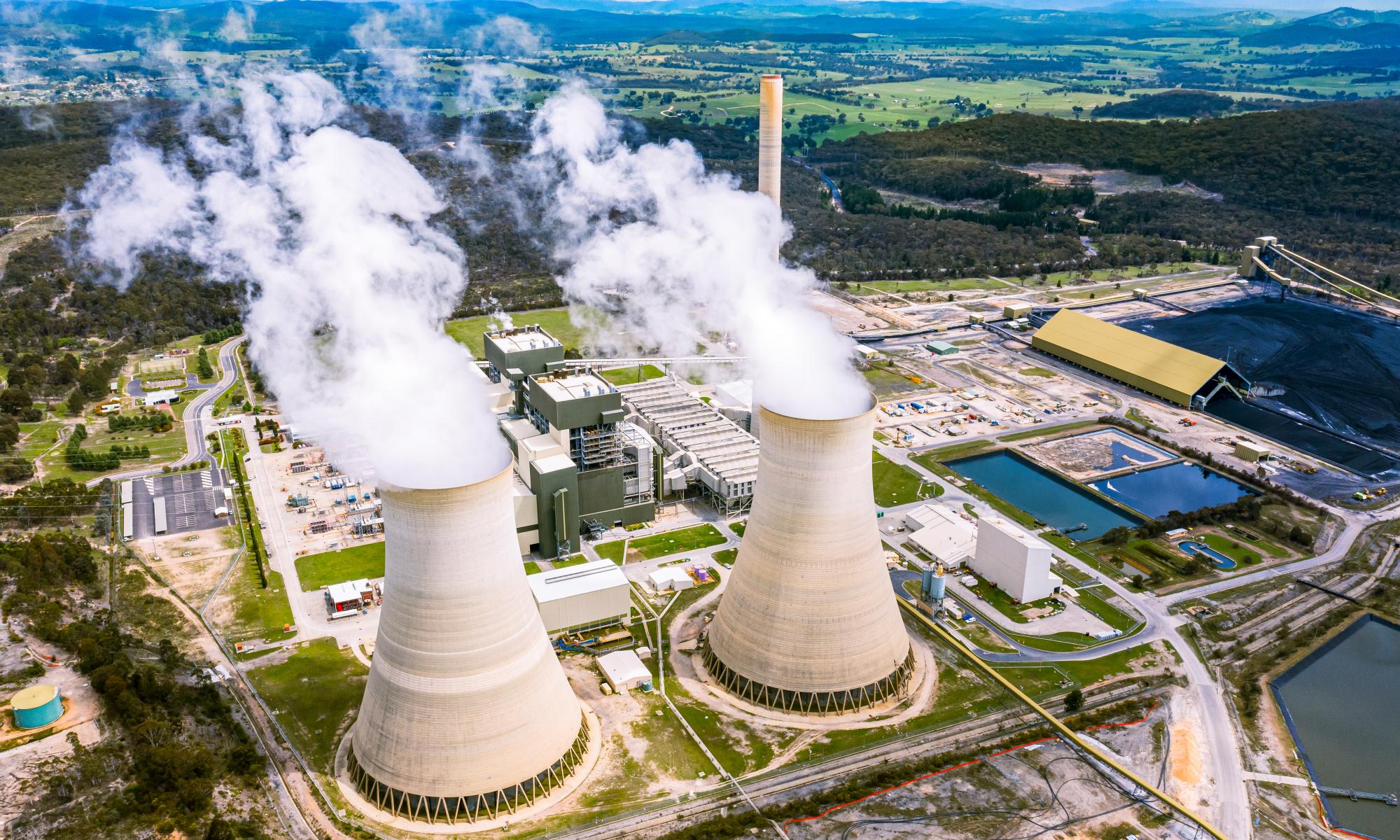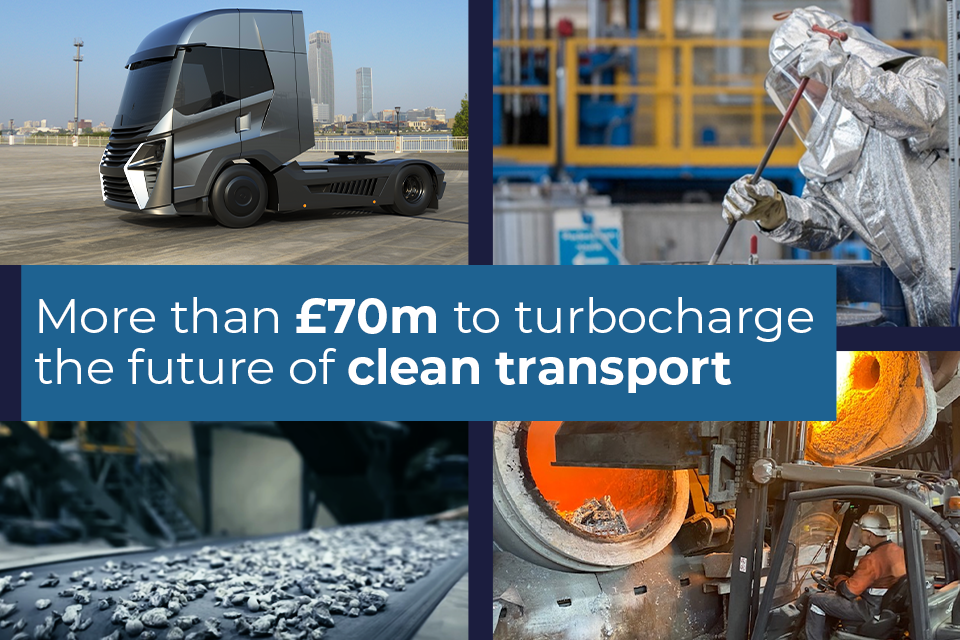Scott Morrison has struck a $2bn deal with the New South Wales government to increase gas supply and reduce greenhouse gas emissions from the electricity sector.
The deal includes at least $450m of federal grants and $510m more of federal grants or loans for “NSW-based emissions reduction initiatives”, to be matched by $1.01bn in direct funding from Gladys Berejiklian’s government.
The deal is the first of a series of bilateral energy agreements between the federal government and its state and territory counterparts.
Morrison told reporters in Sydney the $2bn could be spent on “clean technology” including hydrogen research, energy efficiency measures, and “coal innovation to commercialise and employ technologies to reduce emissions from extraction, preparation and the use of coal”.
Berejiklian said the plan should reassure citizens “we have a clear plan … [to] reduce our emissions, which we know many people feel strongly about”.
Under the plan, the federal and NSW governments will jointly underwrite the delivery of HumeLink and the Queensland-NSW interconnectors to strengthen grid reliability.
The NSW government has committed to facilitating investment opportunities to inject an additional 70 petajoules of gas a year into the east coast market and to remove barriers to coal supply to the Mount Piper power station, which is facing an acute shortage.
Berejiklian told reporters the Narrabri gas project – to drill 900 coal seam gas wells, including within the Pilliga state forest – “may very well be” the source of extra gas and “will meet” the requirement, although she noted the project is still subject to final approval.
She said NSW had three options, including Narrabri, and import terminals at Newcastle and Port Kembla to import more gas.
To supply Mount Piper, Berejiklian suggested that “other [coal] power stations will be coming to the end of life in the next little while, so then there are opportunities for us to transfer those [supply] arrangements to Mount Piper”.
The federal government’s $1bn electricity generation underwriting scheme will be used to support as-yet unspecified new generation projects in NSW.
The shortlist of 12 projects for that scheme includes five gas projects, two of which have been approved, six pumped hydro schemes, and the coal baron Trevor St Baker’s proposal for a coal upgrade at Vales Point at Lake Macquarie.
The deal also promises financial support for the establishment of a pilot renewable energy zone in the state’s central west to help large-scale renewable generators.
“I want households and businesses paying less for their electricity and I want to continue to get emissions down – this deal does both,” Morrison said. “There is no credible plan to lower emissions and keep electricity price down that does not involve the greater use of gas as an important transition fuel.”
Berejiklian said the state “already has a pipeline of around $26bn of large-scale renewable and non-renewable energy projects and the NSW government has introduced a range of rebates to help keep prices down as well as a five-year $1.4bn climate change fund.”
“Our agreement with the commonwealth today will ensure we continue to strengthen and diversify our energy sector here in New South Wales – securing traditional energy sources whilst growing renewable energy investment across the state,” she said.
Relations between the federal and NSW governments have been strained after the NSW environment minister, Matt Kean, linked the bushfires to Australia’s poor record on combating climate change, then suggested that Liberals in federal cabinet were pushing for more action.
This earned a rebuke from the prime minister, who said Kean “doesn’t know what he’s talking about” with respect to federal cabinet.
Morrison insisted that Australia was “carrying its load” in the global emissions reduction fight. He has refused to increase Australia’s targets but has opened the door to dropping the use of Kyoto carryover credits to achieve 2030 targets if it is possible to do so without increasing electricity prices.


